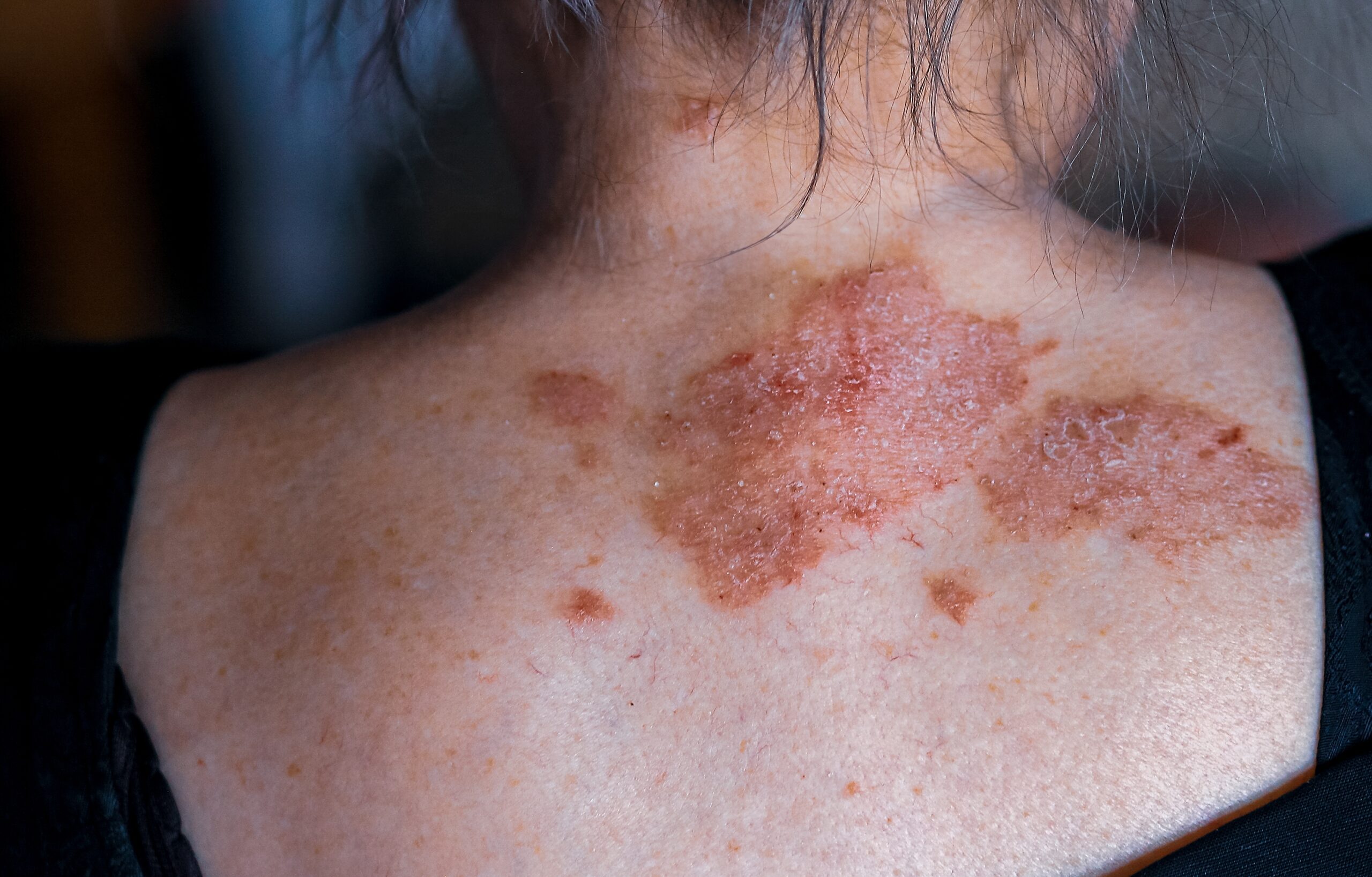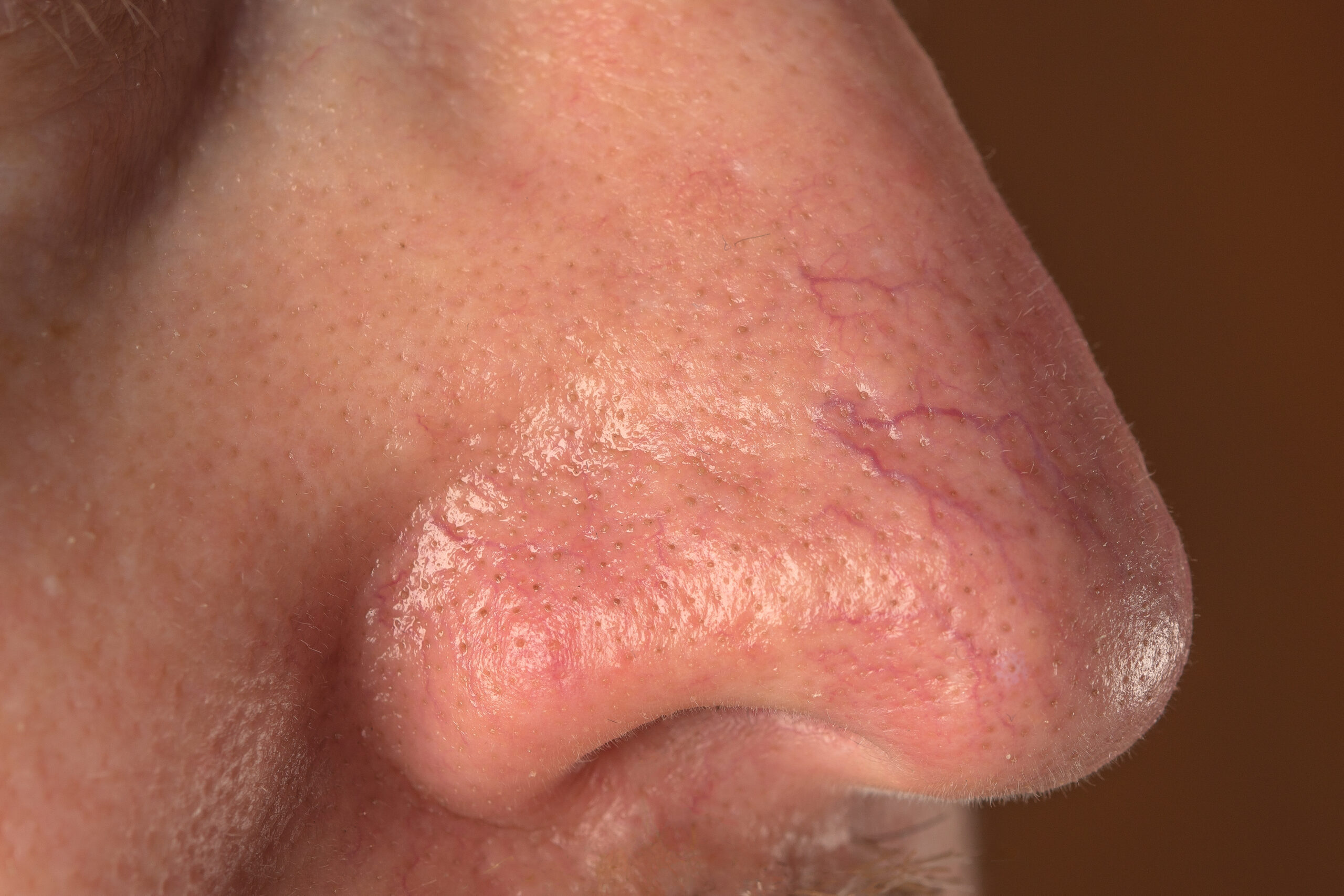Sodium metabisulphite—also known by alternative names such as sodium pyrosulphite, sodium metabisulfite, or disodium metabisulphite—is a common inorganic compound widely used for its preservative, disinfectant, antioxidant, and bleaching properties. Though it plays a valuable role in various industrial, medical, and cosmetic applications, it is increasingly recognised as a potential allergen that can cause both local and systemic allergic reactions in sensitive individuals.
This compound is found in a broad array of everyday products. It acts as a preservative in foods such as dried fruits, jams, potato chips, baked goods, and pickled vegetables. It is also commonly present in beverages, particularly fruit juices and wines. In the medical field, sodium metabisulphite is used to stabilise medications, including certain anaesthetics, paracetamol, corticosteroids, antifungals, haemorrhoid creams, and eye drops. It is further employed in industrial processes such as wastewater treatment, as a corrosion inhibitor in oil production, and in photographic development chemicals. The compound can even be found in leather processing and in fungicides used during the transportation of food or textiles.
Due to its extensive use, occupational exposure is a concern in several professions. Food industry workers, winemakers, hairdressers, medical personnel, and photographers may all encounter sodium metabisulphite regularly. However, for the general public, the most common sources of contact are personal care products like hair dyes and various cosmetic items, as well as medications.
A contact allergy to sodium metabisulphite can develop in individuals who are sensitised to sulphites. Clinical manifestations may include two types of allergic responses. Type I reactions are immediate and can present with symptoms such as anaphylaxis, hives (urticaria), respiratory difficulty (bronchospasm), or gastrointestinal upset. Type IV reactions involve delayed hypersensitivity, leading to allergic contact dermatitis. In some cases, both reaction types can occur in tandem.
Those affected by contact allergy often develop dermatitis at the site of exposure, most frequently the hands or face. The skin may become red, swollen, itchy, and in more severe instances, may form blisters or vesicles. Although rare, ingesting sodium metabisulphite in food or medications can also trigger systemic reactions in sensitised individuals. These may include redness in body folds (intertriginous areas) or widespread eczema-like rashes.
Diagnosis is confirmed through patch testing, where the skin is exposed to the suspected allergen and observed for a reaction over the course of 48 to 96 hours. A positive result helps establish sensitivity to the compound.
Management of sodium metabisulphite allergy primarily involves strict avoidance of products containing the allergen. Discontinuing use of the offending product is the first step, and topical corticosteroids may be prescribed to calm the dermatitis. Because this compound can appear under various names, reading ingredient labels carefully is crucial. Many manufacturers also list full ingredient disclosures on their websites, which may be easier to read than small-print packaging.
For individuals living with allergic contact dermatitis, identifying and avoiding specific allergens like sodium metabisulphite is essential for symptom control and overall skin health. Consultation with a dermatologist for patch testing and tailored skincare advice is highly recommended.



